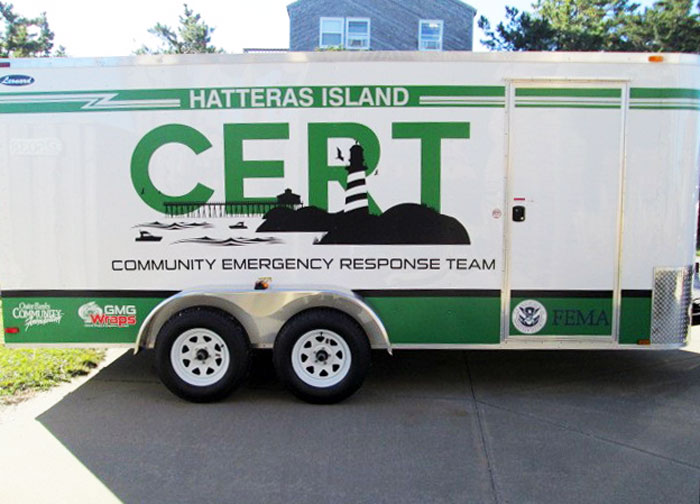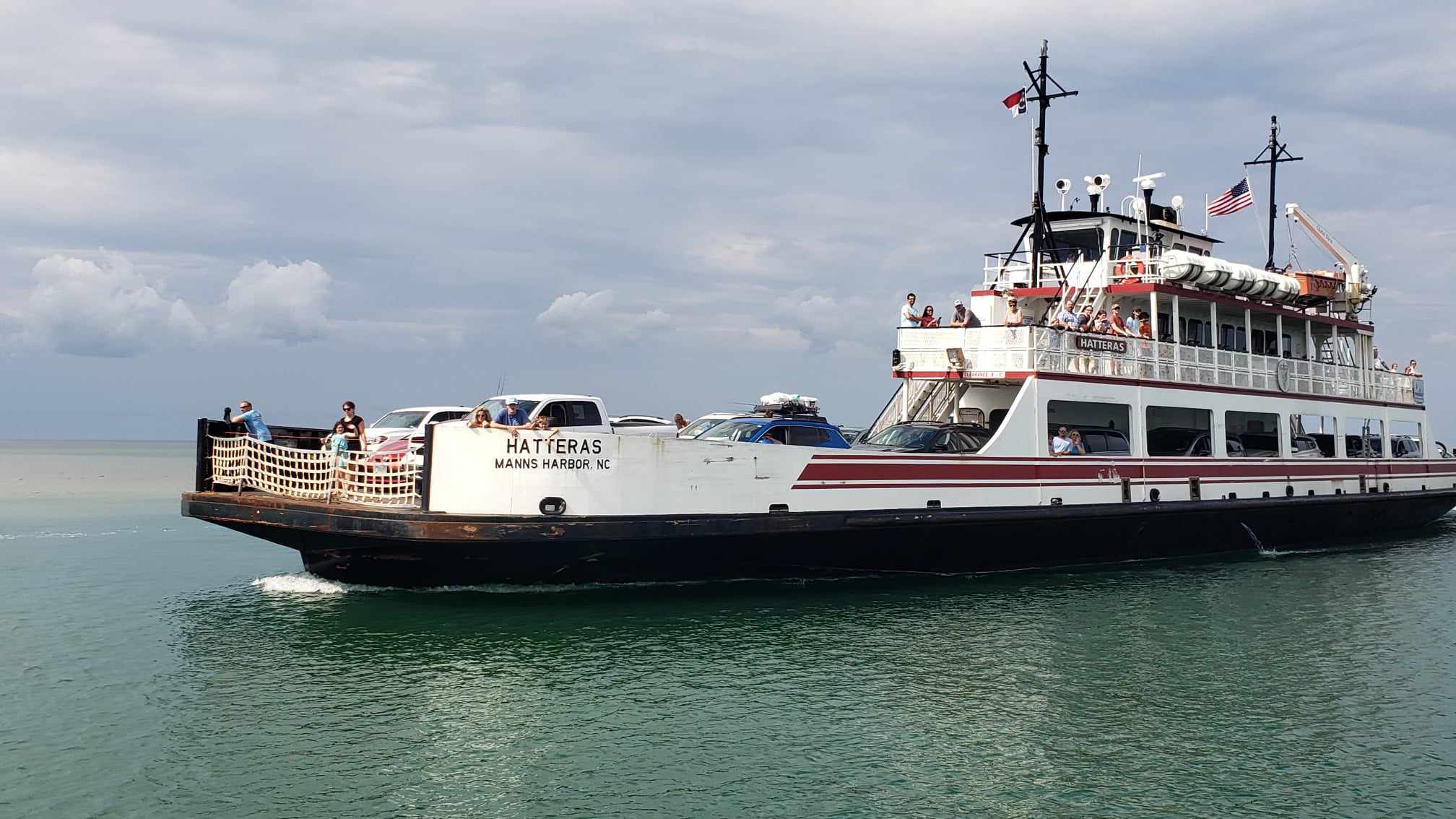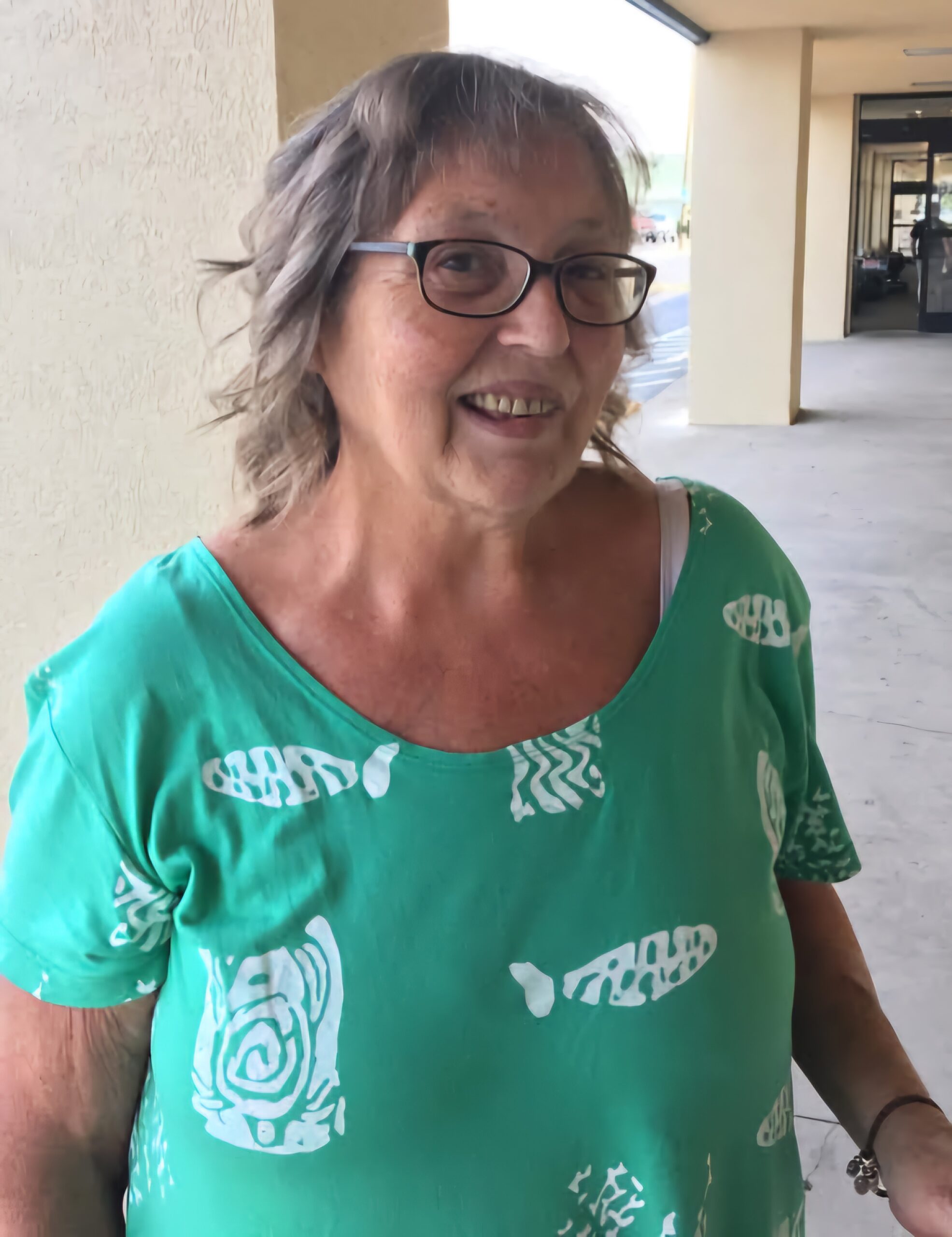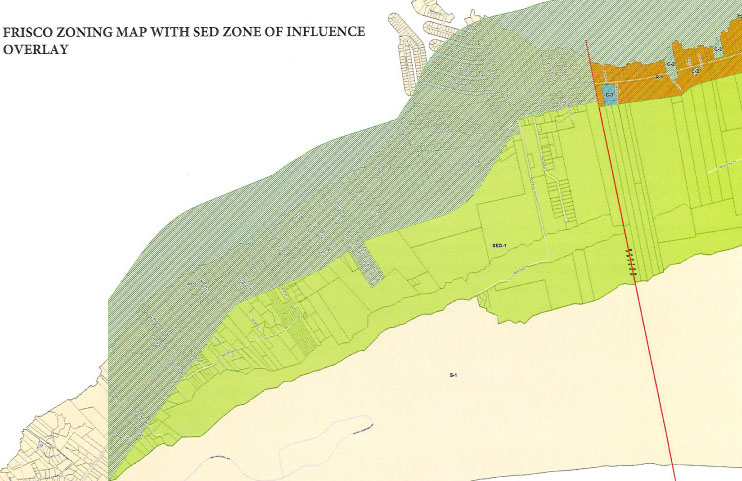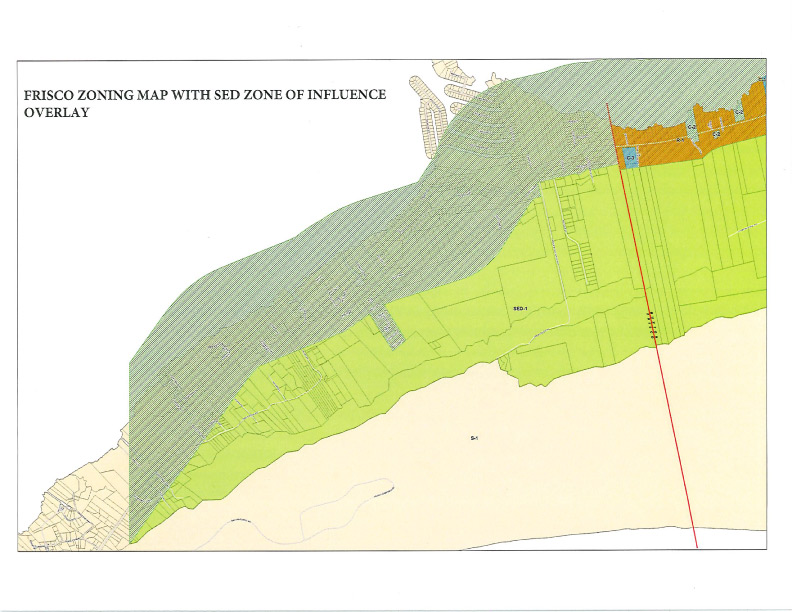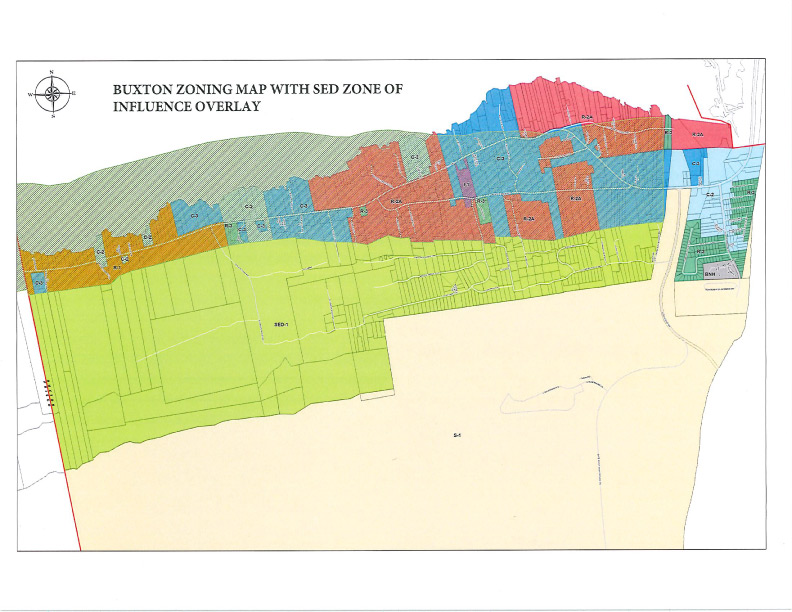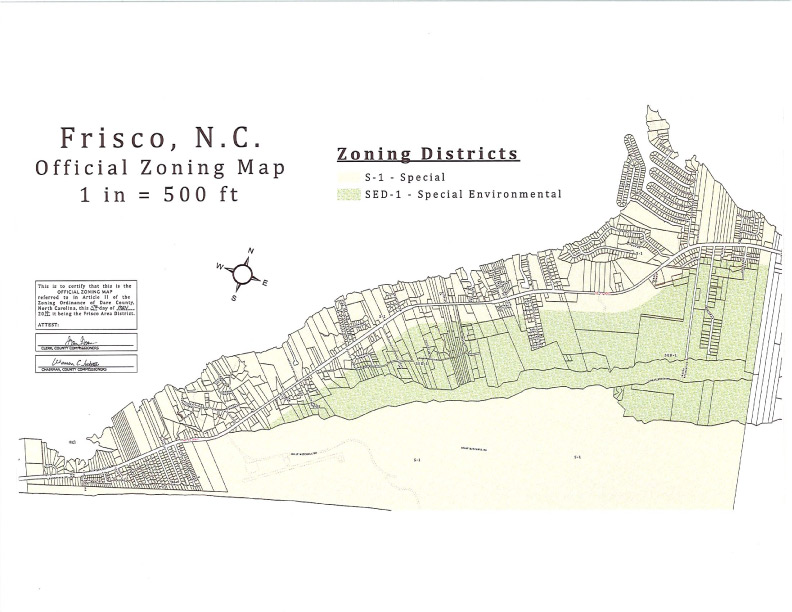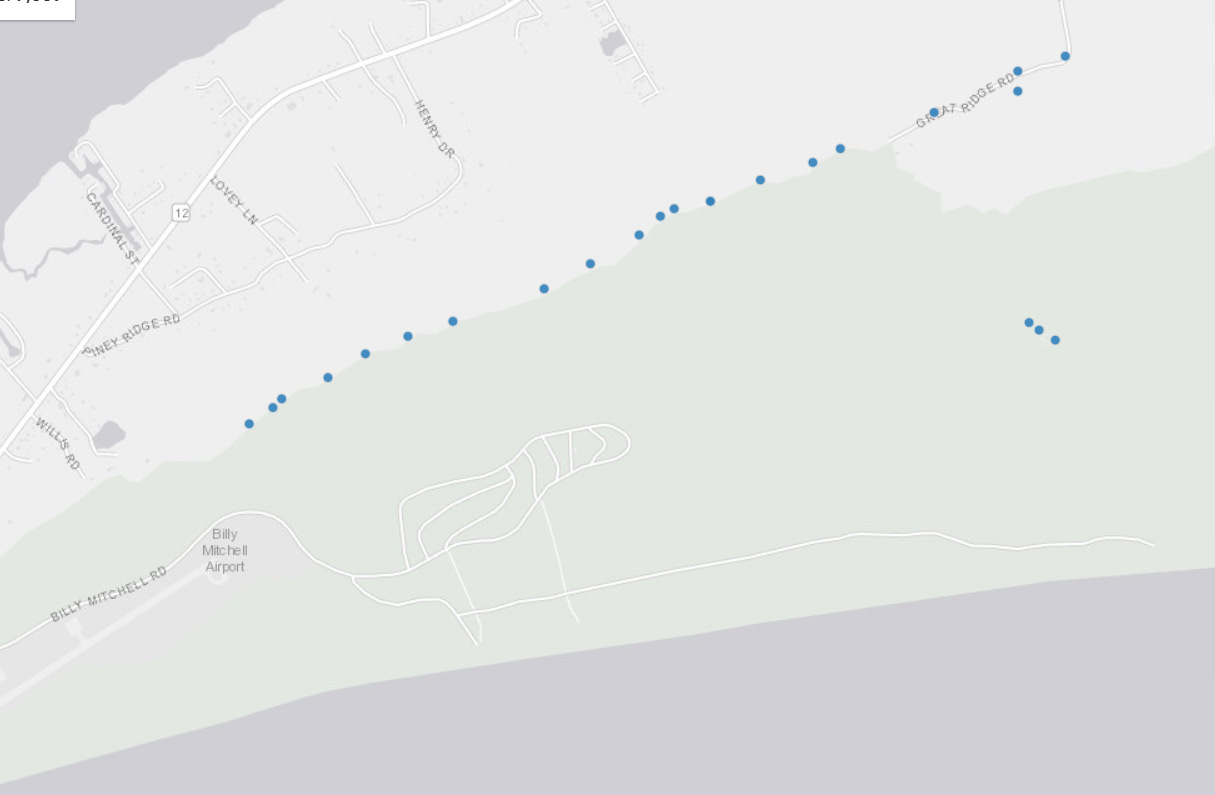Local watermen honored for commitment to preserving the coast …WITH SLIDE SHOW
By CONNIE LEINBACH
You can’t really go wrong with helping build oyster habitat, said Gene Ballance about his and James Barrie Gaskill’s work constructing oyster-shell reefs along Springer’s Point and on Beacon Island in the Ocracoke Inlet.
“Oysters are good for several things,” Ballance continued. They create fish and crab habitat, they filter the water, and — the biggest plus of all — they’re tasty eating.
Local watermen Ballance and Gaskill were among 13 people, groups, and businesses across North Carolina who recently received Pelican Awards from the North Carolina Coastal Federation, a nonprofit environmental organization, for “extraordinary commitment to protecting and preserving our coast.”
That commitment is shown in the pair’s work obtaining tons of oyster shells from all over the East Coast where they are dumped at Gaskill’s home along a canal in the aptly named Oyster Creek. There, the two have put the shells into thousands of mesh bags for placement along Springer’s Point and Beacon Island, in the Pamlico Sound near Portsmouth.
Now the pair is concentrating on creating what are called “patch reefs” at Beacon Island, which is one of only nine remaining nesting sites in North Carolina for brown pelicans. These reefs are rows of loose shells off this island that does not have any beach.
“The shells give it a buffer from the waves,” Ballance said. “A reef takes the energy out of the waves coming in so that the water doesn’t beat against the shoreline and destroy it.”
Tractor trailers bring the shells to Ocracoke, and every other day, the two fill up 100 plastic bins and transport the shells to the island on a barge.
“We’re on our third tractor trailer load,” Gaskill said.
What’s great about oyster shells vs. cement blocks is that their uneven surface is better for creating more habitat. Ballance pointed this out as he guided his Carolina Skiff close to the edge of Springer’s Point Nature Preserve where the two installed 5,000 mesh bags of shells. From the soundside, one can get an up-close look at the jetty-like construction.
“These make a habitat for crabs and little fish,” Ballance said, “but they also protect the grass behind them.” This reef will also protect the trees along Springer’s by preventing the waves from carving out a cliff and the shoreline from collapsing into the sound.
The tip of Springer’s Point already has a small jetty from some large hunks of cement — what locals call “rip-rap” — having been placed there years ago. But the oyster shells create an undulating surface—more like a natural reef, Ballance said.
The beach on the other side of the rip-rap — a popular spot for both visitors and locals — has some evidence of erosion, he said.
“The oyster shell reef might help retain that beach,” he said as his skiff pushed away from the Point.
In about three years, Ballance said there should be new growth of oysters.
“If nothing destroys (the oyster bags), the oysters build on the last generation,” he said. Not all oysters around the world do that. Only Eastern oysters — the kind found all over the East Coast and the Gulf of Mexico.
“These are the native ones,” he said.
Ballance knows whereof he speaks since he has been working with oysters since 1998 when he got a North Carolina Sea Grant to map the crab sanctuaries from Oregon Inlet to Ocracoke. He also re-mapped the historic oyster beds originally done in 1886 by Francis Winslow II.
“Those maps are our Bible,” said Erin Fleckenstein, a coastal scientist in the Federation’s Northeast office. “Gene’s mapping of those historic oyster beds in the Pamlico Sound has been hugely helpful in guiding our planning process for these projects.”
Fleckenstein said scientists believe that oyster shells emit a cue to oyster larvae floating in the water to settle on them thus producing more oysters.
Shoring up Springer’s Point began in March 2012, which started with Ballance and Gaskill placing the shell bags followed by the planting of several hundred grass plants on the shore side of the oyster-bag reef.
This work helped prevent further erosion of the shoreline from recent hurricanes, Fleckenstein said, and Gaskill and Ballance took extra time to keep the bags in place.
“They went above and beyond the project they’re working on,” she said.
CLICK HERE TO VIEW SLIDE SHOW


